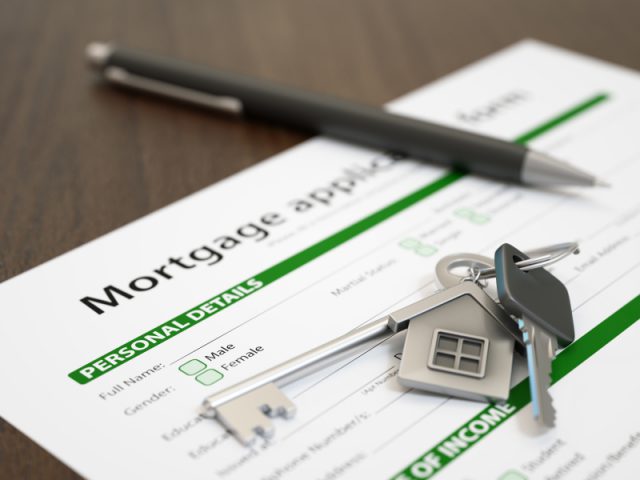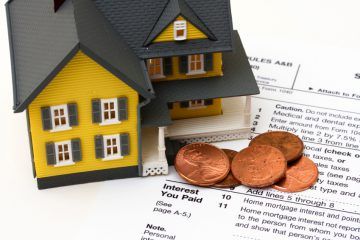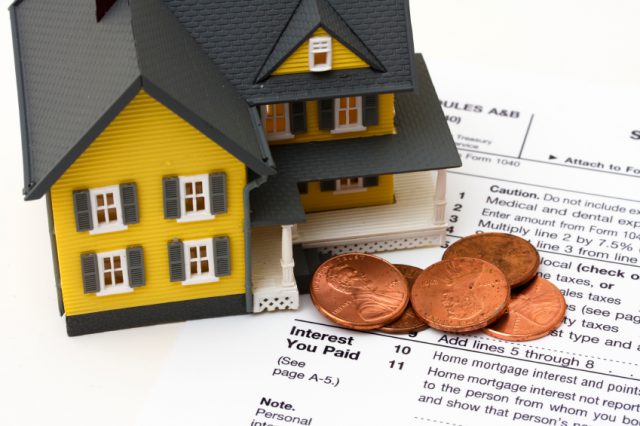The buy-to-let market has been hit from all sides of late, with tougher affordability rules and key regulatory changes. Now, to make matters worse, buy-to-let mortgage rates are rising from record lows.
According to the latest data from Moneyfacts.co.uk, the average buy-to-let mortgage rate is on the rise. In fact, since 1st October 2017, the average two-year fixed rate has increased by 0.05% and is on target to get back to the rate seen in September, before the latest set of lending changes came into force.
At present, the average two-year buy-to-let fixed rate is 2.84% – up from 2.79% at the start of October, but down from 2.86% in September.
Meanwhile, the average five-year fixed rate is 3.44% – up from 3.43% at the beginning of the month, but down from 3.49% in September.

Buy-to-Let Mortgage Rates Rising from Record Lows
Moneyfacts also recently reported that the number of buy-to-let mortgages available has dropped slightly.
The Finance Expert at Moneyfacts, Charlotte Nelson, says: “It has been a turbulent time for the buy-to-let market, thanks to multiple rule changes, and there’s no sign of calmer waters, as rates are starting to creep up from their record lows. While a 0.05% increase appears insignificant, it marks a turnaround in the buy-to-let sector, so landlords are now faced with not only more hoops to jump through, but higher rates as well.
“As in the residential mortgage market, much of the rise in buy-to-let rates can be attributed to base rate speculation causing swap rates to increase significantly. This has given lenders little choice but to increase their mortgage rates, with 18 individual providers so far having upped theirs since the start of September.”
She continues: “The beginning of this month marked another significant change in the buy-to-let mortgage market, as lenders are now required to apply stricter underwriting criteria to portfolio landlords. This has seen the buy-to-let mortgage market shift away from landlords who have three or fewer properties, with a 13% drop in the number of products available to this group since the start of October.
“This portfolio change may have had a more practical effect on rates as well, with lenders not just being a little more cautious; some lenders may have had to change their process behind the scenes to accommodate the new rules, and this extra cost may be impacting these providers’ pricing activity.”
Nelson concludes: “With all the changes and now the rising buy-to-let rates, it is going to be more difficult for individual landlords to make a profit that is worth their efforts. Landlords will have to weigh up the costs to figure out what their best possible option may now be. Anyone who is unsure should seek the advice of a financial adviser.”
Meanwhile, specialist lender Together is further enhancing its offering for landlords and property investors with a new holiday let product, which has been created in response to demand from professional landlords looking to let their properties on a short-term basis.
A growing number of investors are turning to holiday lets as an alternative to traditional buy-to-let, thanks to attractive rental yields and websites like Airbnb, which have revolutionised the holiday let sector.
Market demand for holiday lets is buoyed by record numbers of tourists visiting the UK, estimated to be 40m this year, and more Britons staying at home for their holidays post-Brexit.
Marc Goldberg, the Commercial CEO at Together, comments: “Our aim is to support landlords and investors by providing innovative finance products that are tailored to their needs. Holiday lets can deliver high yields and there’s strong market demand, so we’re delighted to launch this new product, which we believe will complement our existing offering in this sector.”
Loans of up to £2m are available for purchase or remortgage, while terms range from four to 30 years, with a minimum five-year term on fixed rate loans.
The holiday let product is also available on a second charge basis, for landlords looking to raise additional finance on their rental property.









